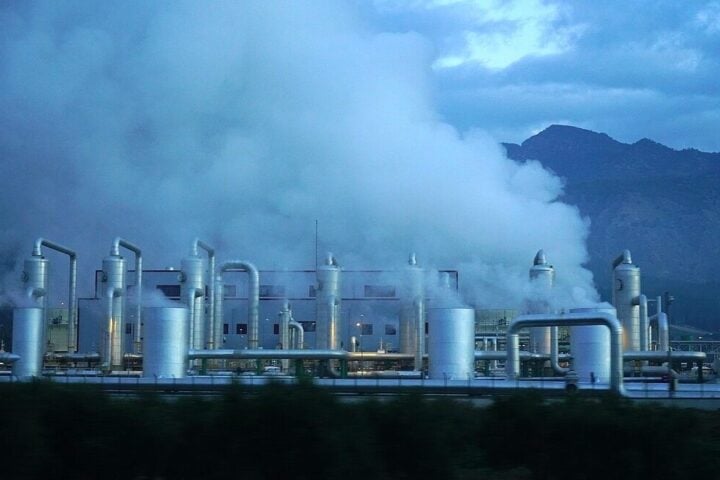Scientists at the Pacific Northwest National Laboratory (PNNL) of the US Department of Energy have developed an advanced flow battery technology. A dissolved simple sugar called β-cyclodextrin has been utilized for this new technique. Their research, recently published in the scientific journal Joule, demonstrates that this sugar additive can significantly enhance the longevity and capacity of flow batteries, offering a promising solution for grid-scale energy storage. The development of efficient and sustainable battery technology is essential for a stable and reliable power supply system. Newer and more efficient battery technology will favor renewable energy sources in our transition away from fossil fuels.
Unleashing the Power of Flow Batteries:
Flow batteries utilize two liquid-filled chambers to store and release energy through an electrochemical reaction. Unlike traditional solid-state batteries, flow batteries have the advantage of decoupling power and energy. This allows scalability and long-duration energy storage. This makes them ideal for supporting the intermittency of renewable energy generation, enabling a smooth supply of electricity even during periods of low solar or wind output.
The Role of β-Cyclodextrin:
The PNNL researchers discovered that the addition of β-cyclodextrin, a derivative of starch and a dissolved simple sugar, could dramatically improve the performance of flow batteries. By optimizing the ratio of chemicals within the battery system, they achieved a remarkable 60% increase in peak power. Equally significant, the flow battery maintained its capacity to store and release energy for over a year of continuous charge and discharge, demonstrating remarkable resilience and stability.
Advantages of Sugar-Based Flow Batteries:
The unique catalytic properties of β-cyclodextrin accelerate the electrochemical reactions within the flow battery, ensuring efficient energy conversion. Unlike conventional catalysts, which often require solid materials, the sugar additive works while dissolved in the liquid electrolyte, eliminating the risk of solid particles dislodging and impairing system performance. This breakthrough not only enhances the battery’s longevity but also offers a sustainable alternative to current flow battery designs that rely on costly and hard-to-obtain mined minerals like vanadium.
Accelerating the Transition to Renewable Energy:
The successful utilization of β-cyclodextrin in flow batteries represents a significant stride toward grid-scale energy storage solutions that are both environmentally friendly and economically viable. By reducing dependence on mined minerals, the researchers have opened the door to more sustainable battery technologies. With the ability to store energy for extended periods, flow batteries can provide the necessary stability and reliability. Such an advantage will support the integration of seasonal renewable energy sources into existing power grids.
Similar Post
A Path to Large-Scale Implementation:
The PNNL study marks the first laboratory-scale experiment showcasing over a year of continuous flow battery operation with minimal capacity loss. This remarkable achievement positions the sugar-infused flow battery design as a promising candidate for future large-scale implementation. The scalability and extended lifespan of these batteries offer a practical solution for meeting the growing demand for grid-scale energy storage, facilitating the accelerated transition to a renewable energy-dependent future.
The utilization of β-cyclodextrin, a dissolved simple sugar, in flow batteries represents a groundbreaking advancement in grid-scale energy storage. The research conducted by the PNNL team demonstrates that this sugar additive can significantly enhance battery longevity and capacity. β-cyclodextrin’s unique catalytic properties enable flow batteries to provide a reliable and sustainable solution for storing renewable energy. Sustainable energy future becomes increasingly feasible with such technological advancements.


















